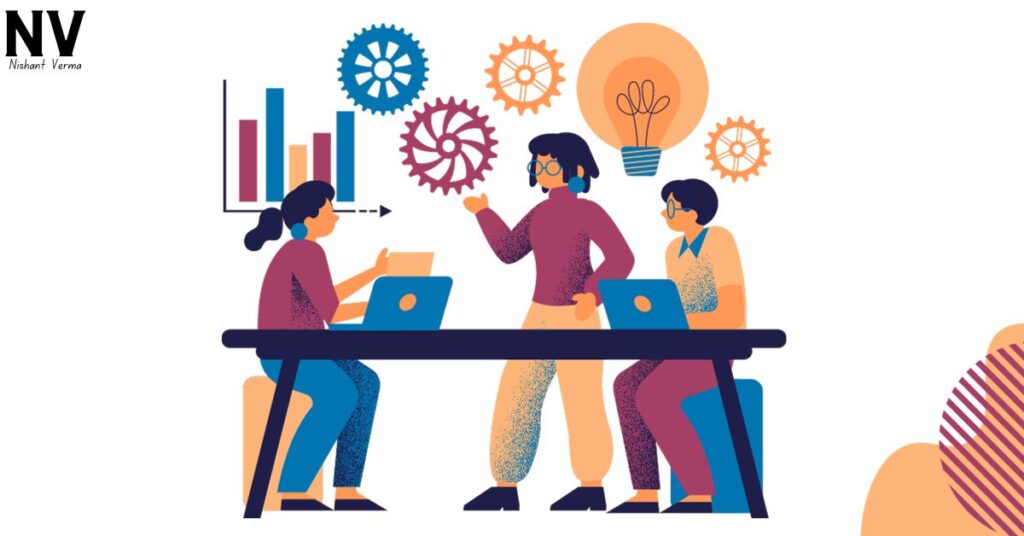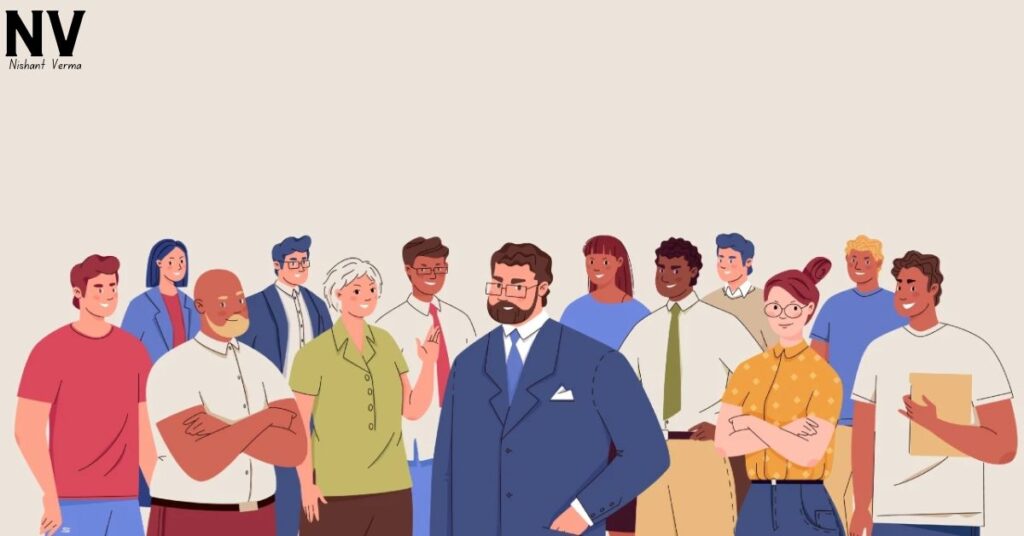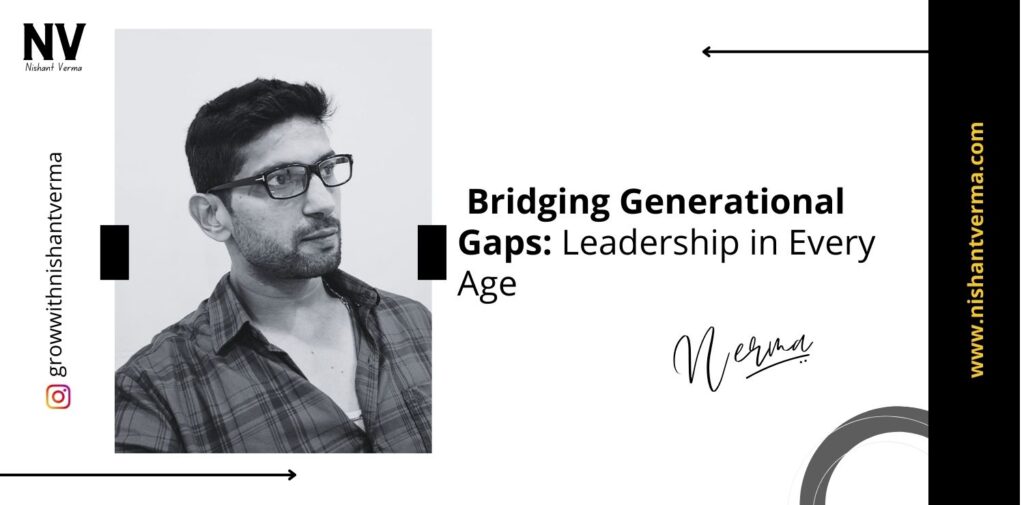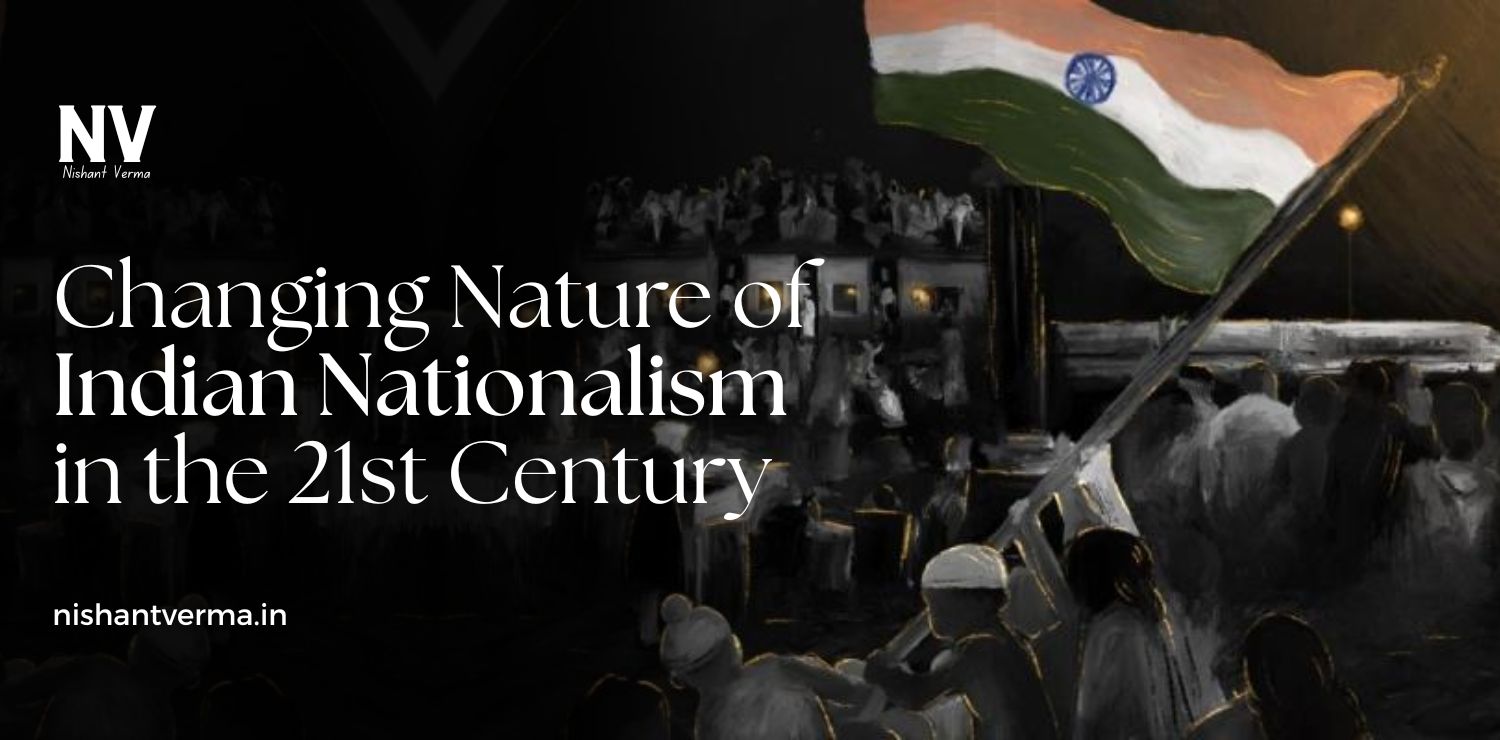Leadership is like a multigenerational dance, with each generation bringing its unique rhythm. In this article, we’ll explore leadership’s simple and inclusive role in Bridging generational Gaps. Join us on this journey to understand how leaders can bridge gaps, foster collaboration, and create a harmonious workplace where every generation feels valued.

I. The Beauty of Multigenerational Workplaces
Imagine a workplace as a diverse garden where different flowers bloom. Each generation is a unique bloom, and leaders are the gardeners cultivating unity. Let’s simplify why embracing Bridging generational Gaps diversity matters:
- Rich Perspectives: Every generation brings diverse experiences and viewpoints to the table.
- Innovation: Collaboration between generations sparks creativity and innovation.
- Stronger Teams: A blend of ages creates resilient and adaptable teams.
II. The Leader’s Role in Bridging generational Gaps: A Unifying Force
Leaders are like conductors in a symphony, blending the melodies of different generations. Here’s how leaders contribute:
- Understanding Differences: Leaders invest time in understanding the values and expectations of each generation.
- Promoting Inclusivity: Creating an inclusive environment where everyone feels heard and valued.
- Fostering Collaboration: Encouraging collaboration between generations for shared success.
III. Defining Generational Differences: Breaking it Down
Bridging generational Gaps aren’t a puzzle; let’s break them down into simple pieces:
- Traditionalists (1928-1945): Values stability, hard work, and loyalty.
- Baby Boomers (1946-1964): Known for strong work ethic and dedication.
- Generation X (1965-1980): Embraces independence, adaptability, and work-life balance.
- Millennials (1981-1996): Seek purpose, value flexibility, and embrace technology.
- Generation Z (1997-2012): Tech-savvy, diverse, and values social causes.
IV. The Generational Mix: A Recipe for Success
A multigenerational workforce is like a diverse recipe where each ingredient contributes to the final masterpiece. Leaders can achieve success by:
- Recognizing Strengths: Identifying and leveraging the strengths of each generation.
- Encouraging Mentorship: Facilitating mentorship programs for knowledge exchange.
- Creating Diverse Teams: Building teams representing various generations with varied perspectives.
V. Common Generational Stereotypes: Dispelling Myths
Generational Stereotypes are like clouds blocking the sun; let’s dispel a few common generational myths:
- Tech Troubles for Older Generations: Older generations can be tech-savvy and adaptable.
- Entitled Millennials: Millennials are driven, purpose-driven, and seek meaningful work.
- Resistant to Change: Each generation can embrace change with the right approach.

VI. Challenges in Managing Generational Differences: Facing Realities
Challenges are like hurdles in the Bridging generational Gaps. Let’s acknowledge and address a few common ones:
- Communication Styles: Different generations may prefer distinct communication styles.
- Work-Life Balance: Priorities regarding work-life balance may vary across generations.
- Approach to Authority: Perspectives on authority and leadership styles can differ.
VII. Strategies for Leaders to Navigate Generational Challenges: A Practical Guide
Leaders can navigate generational challenges with practical strategies, such as:
- Effective Communication: Tailoring communication to resonate with each generation.
- Flexible Work Arrangements: Offering flexibility to accommodate diverse work preferences.
- Cross-Generational Teams: Creating cross-generational teams to foster collaboration.
VIII. Case Studies: Real-Life Examples of Successful Bridging generational Gaps
Let’s draw inspiration from real-life leaders who successfully navigated generational diversity:
- Leader A: Implemented a mentorship program, pairing experienced Baby Boomers with tech-savvy Millennials, improving collaboration and knowledge transfer.
- Team B: Created a flexible work environment where Generation X employees could balance work and family responsibilities, increasing job satisfaction and retention.
- Organization C: Established a communication strategy that catered to different Bridging generational Gaps, enhancing overall team cohesion and productivity.

IX. The Role of Leadership Styles in Multigenerational Teams: A Simplified Approach
Leadership styles impact team dynamics. Let’s simplify a few styles and their effects:
- Transformational Leadership: Inspires and motivates, fostering a sense of purpose.
- Transactional Leadership: Focuses on tasks and rewards, providing structure.
- Servant Leadership: Prioritizes the well-being and growth of team members.
X. Building a Culture of Inclusivity: A Leader’s Guide
Leaders can foster inclusivity by:
- Celebrating Diversity: Acknowledging and celebrating the unique strengths of each generation.
- Open Dialogue: Encouraging open conversations about Bridging generational Gaps.
- Flexible Policies: Implementing policies that accommodate diverse needs and preferences.
XI. Leveraging Technology for Collaboration: A Bridge Between Generations
Technology is like a bridge connecting generations. Leaders can leverage technology by:
- Training Programs: Providing technology training programs for older generations.
- Collaboration Tools: Utilizing digital tools that cater to different comfort levels.
- Knowledge Sharing Platforms: Implementing platforms for sharing insights and best practices.
XII. The Impact of Generational Harmony on Organizational Success
Generational harmony positively impacts organizational success. Let’s simplify its effects:
- Innovation: Diverse perspectives lead to creative problem-solving and innovation.
- Employee Engagement: A sense of belonging and understanding enhances employee engagement.
- Adaptability: Bridging generational Gaps teams are more adaptable to change and evolving market demands.
XIII. Measuring the Success of Generational Harmony: Metrics Simplified
Measuring success is like gauging the health of a garden. Simplified metrics for evaluation include:
- Employee Satisfaction Surveys: Assessing how satisfied employees are with the workplace culture.
- Team Collaboration Metrics: Evaluating collaboration and teamwork effectiveness.
- Retention Rates: Monitoring employee retention rates as a reflection of a positive workplace environment.
XIV. The Ethical Dimension of Leading Multigenerational Teams: A Moral Compass
Ethics is like the compass guiding leadership in Bridging generational Gaps settings. Leaders can lead ethically by:
- Fair Decision-Making: Ensuring decisions consider the diverse perspectives of each generation.
- Equal Opportunities: Providing equal opportunities for growth and development.
- Respectful Communication: Fostering a culture of respect and understanding among team members.
Conclusion: Leaders as Generational Unifiers
In the grand mosaic of leadership, leaders are the unifiers of generations, weaving a tapestry where every thread is valued. As Bridging generational Gaps, leaders can create workplaces where diversity is a source of strength, collaboration is the melody, and everyone feels seen and heard regardless of age. Let’s build environments where leaders lead with empathy, understanding, and a commitment to unity, ensuring that every generation’s workplace dance is harmonious and inclusive.




